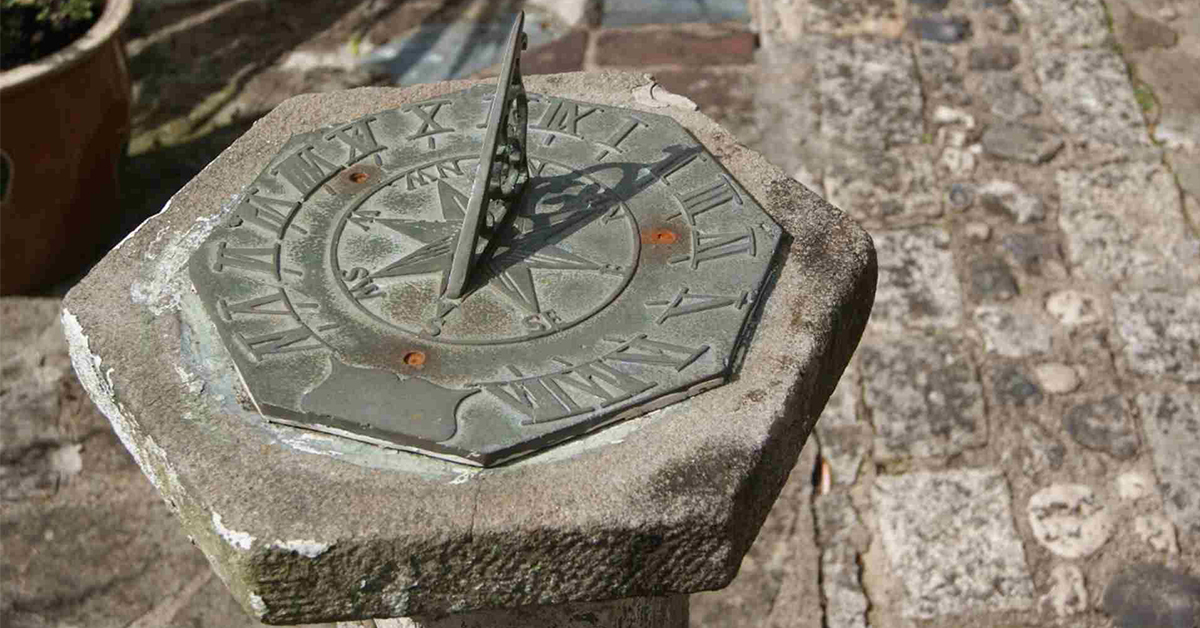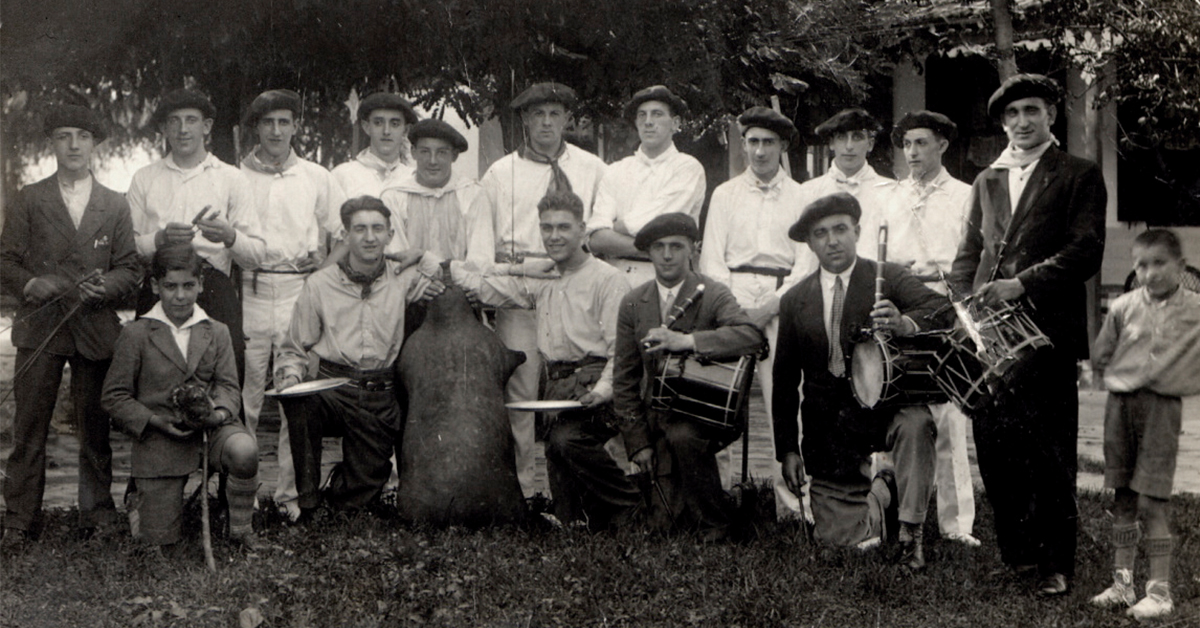Archives
The representation of the Cross, as an important element of the Passion of Jesus Christ, is very present in the field of the Christian religion, and its traditional symbology (the protective sign of communities, living family units, persons, animals, or possessions) is embodied in the pious sizes of places of worship, in the head-beds, or above the beds of eternal rest. It is painted on doors and windows, made or composed of several species of plants, or made, in an emblematic manner, as a remarkable gesture of Christianity.
It is a meadow under the hill of Belatxikieta, which had a small, damp, nice beech forest. Very close to it, seven sheep barns remain from the times when animal husbandry was strong. The place was chosen by the locals due to its excellent opportunities for this profession. From the Middle Ages the area was full of meadowlands, shelters, small streams, and mounds and herds full of wet grass for the cattle to graze.
On the other hand, the surrounding area was home to quite a few harmful beasts. To deal with them the pastors from Mugarra to Aramotz joined together in assemblies (azeri-batzarrak) to deal with the problem. These assemblies were held one year in Mugarra and the following year in Belatxikieta. In one of those assemblies, Don Emiliano Zuloaga, who was the new landowner in the vicinity of Zazpitxaboleta, joined together, as he saw that these pastors were concerned that there was no hermitage in the area. We must remember the strength of the Christian faith at the moment.
Time was marked by the sun in the rural world. Country folk had no need for a clock and hardly ever used one. Religious festivities marked the work calendar on the land, in the fields. The festivities were related to the harvests, the end of tasks such as threshing, harvesting grapes and other produce…
Some festivities celebrated the universal saints (John, Peter, Michael, Mark) and the origin of others dated back to specific points in time (St. Anthony the Abbot, St. Anthony of Padua, St. Ignatius of Loyola); there were also the major festivities celebrated by everyone (Easter Sunday, Assumption of Mary, St. Joseph’s Day, All Saints) or local saint’s days (Bartholomew, Blaise, Marina). Some of them set the rhythm of the agriculture work.
Wine and the skins used to transport it are a common feature of the country’s festivities. The wineskin gave its name of dances and routes (edate dantza), and is a feature of sung dances or at the centre of the festive celebrations of young people (zaragi mutilek, mutil ardoak, eskotekoak, etc.) where the wineskins are passed around and are the usual way to invite the revellers to drink wine. Therefore, it is not far-fetched to think of the skin inflated with air and drained of wine as a symbol to tell the community that the festive revelry has come to an end and it is time to return to the daily chore.








